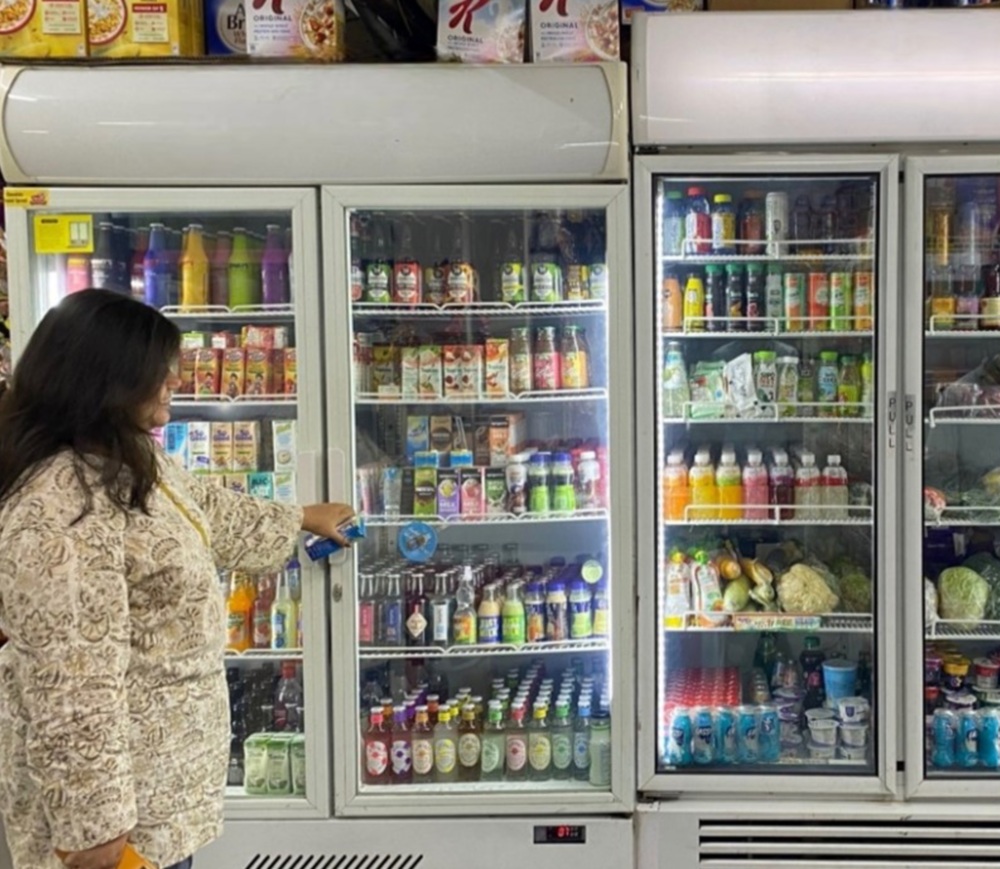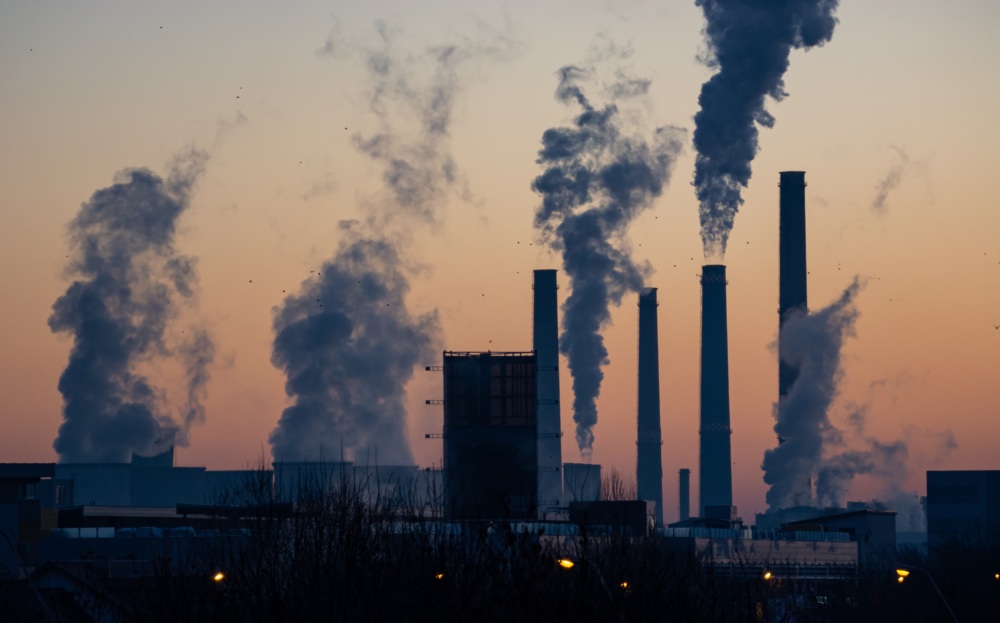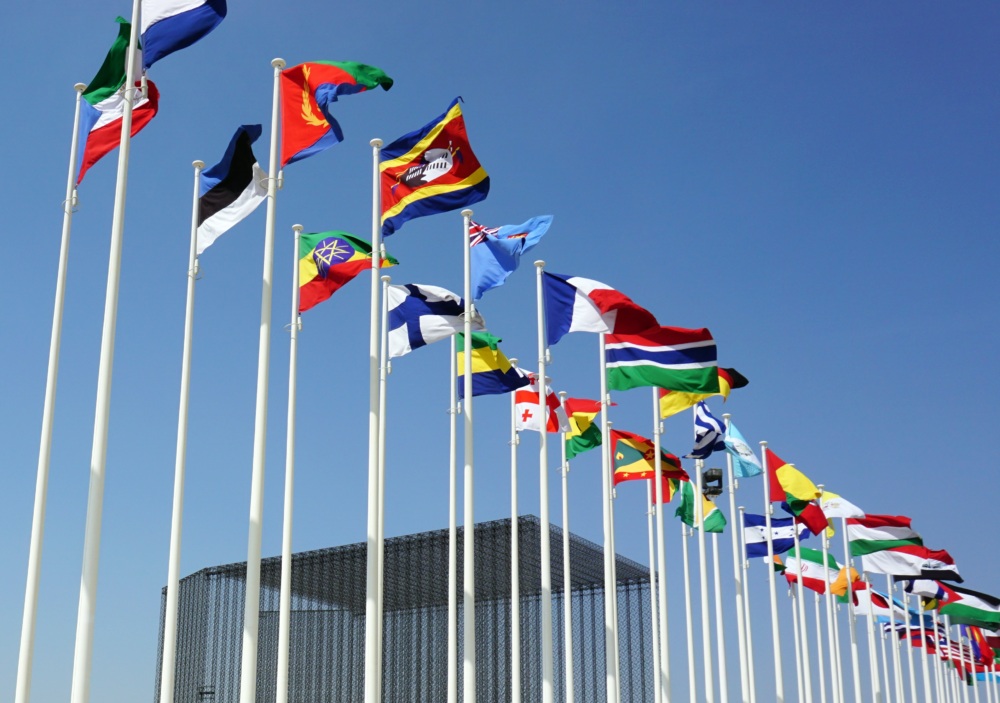Refurbishing Europe’s Fluorescent Lamp Manufacturing Facilities
Summary
EU domestic market for fluorescents will be gone in 2023 and regional export markets to the major trade partners is also being phased out by separate legislation. Through the EU Taxonomy Fund, there is potential to invest and convert these facilities to create a long-term, domestic supply of high-quality LED tubes in Europe, produced in Poland and Germany.
The EU-27 are currently in the process of phasing-out domestic consumption of fluorescent lighting. There are two regulations – one final and one draft – that will eliminate fluorescent lighting by 2023:
- Ecodesign Directive: Commission Regulation (EU) 2019/2020.
- Restriction of Hazardous Substances (RoHS) Directive: RoHS is completing its Parliamentary and Council scrutiny period in the coming few months.
Despite ambitious domestic policy to ban inefficient, mercury-containing lighting products, these internal market policy decisions stand in stark contrast to the position the EU-27 took in their proposal to amend lighting products in the Minamata Convention on Mercury. Through the Convention, the EU only proposed to phase-out halophosphate fluorescent lamps – a technology the EU banned in 2011. It is important to note that the Ecodesign and RoHS Directive regulations only apply to the EU’s internal market and thus do not affect exports; however a ban to these same products under Minamata would eliminate exports of those fluorescent lamps.
Europe has two manufacturing facilities for fluorescent lamps which are currently operational – one in Poland and one in Germany. The fluorescent production lines at these lighting factories are limited because the product they produce is no longer fit for purpose. EU domestic market for fluorescents will be gone in 2023 and regional export markets to the European Economic Area, the United States and other countries is also being phased out by separate legislation.
To be viable, converting the facilities in Poland and Germany from T8 and T5 linear fluorescent lamps to T8 and T5 LED retrofit tubes will require EU government investment. This study demonstrates that the fluorescent export market from these countries is already in decline and projected to reach zero around 2025. However, through the EU Taxonomy Fund, there is potential to invest in these facilities and create a long-term, domestic supply of high-quality LED tubes in Europe, produced in Poland and Germany.
This report highlights this opportunity for a Taxonomy Fund investment in EU manufacturing of energy- efficient, high-value-add LED tube manufacturing, which will result in significant employment and climate benefits.









